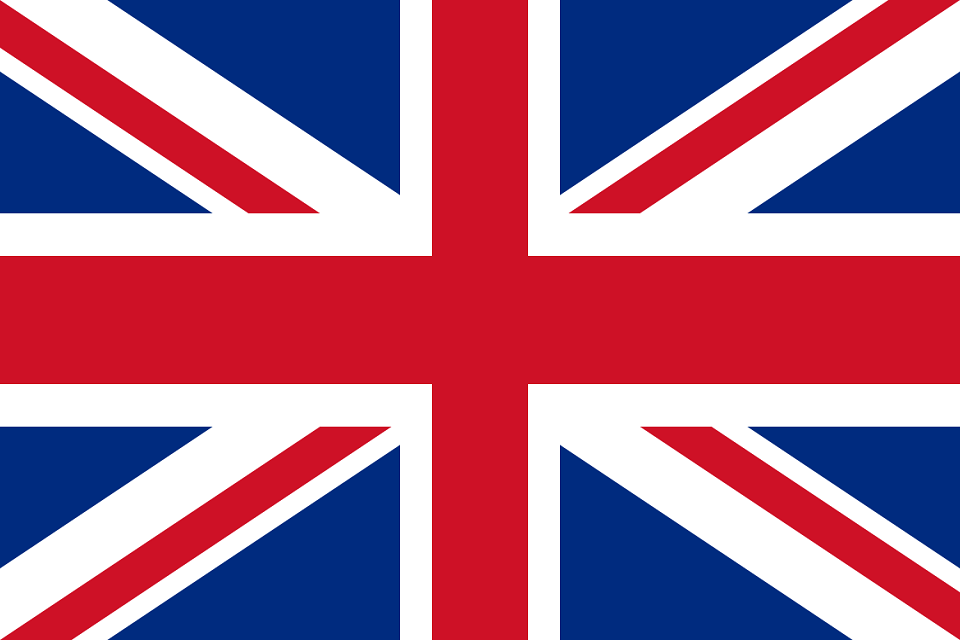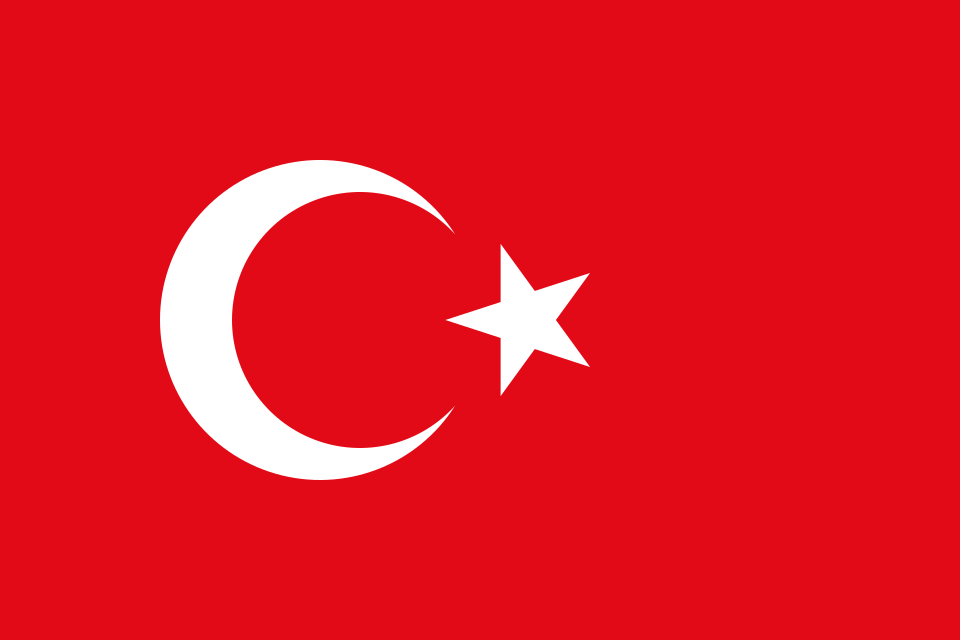Scoliosis can begin at the age of 10. While a normal spine progresses in a straight line, people with scoliosis have curvature. There are multiple factors that contribute to the development of scoliosis. There are three types of scoliosis: idiopathic scoliosis, congenital scoliosis, and neuromuscular scoliosis.
Idiopathic Scoliosis
In idiopathic scoliosis, the cause of the curvature of the spine is unknown. It is the most common type of scoliosis. Although spinal curvature may develop from an early age, it may not be noticeable because it does not cause posture problems. As the person ages, certain problems may arise. Postural abnormalities may begin to appear, and pain may also develop. Additionally, the person may experience balance issues.
In idiopathic scoliosis, the curvature may occur on the thoracic side of the spine. This can cause difficulty in breathing. Pain may occur due to the deterioration of the joints that connect the vertebrae and are important for spinal movement.

Neuromuscular Scoliosis
Neuromuscular scoliosis is the second most common type of scoliosis, and its cause is known. This type of scoliosis is generally caused by muscle and nerve diseases. If a person has experienced muscle disorders or neurological disorders due to spinal cord or brain issues, scoliosis may develop. These conditions can cause nerve damage or muscle imbalance, leading to spinal curvature. Muscular dystrophies, cerebral palsy, and spinal cord injuries are conditions that increase the risk of scoliosis. Neuromuscular scoliosis can cause pain in the lower back. Symptoms such as shortening of the neck, abnormal appearance of the back when bending over, or imbalance may be observed in this type of scoliosis.
Congenital Scoliosis
Congenital scoliosis is less common than other types of scoliosis. This type of scoliosis, which develops while the baby is in the womb, can be caused by infections, diabetes, hyperthermia, alcohol consumption, heart disease, vitamin and mineral deficiencies, or valproic acid use experienced by the mother. Some structural abnormalities may occur while the baby is developing in the womb. Problems may arise during the formation and separation of the spine. In some people, both may occur together. During the development of the baby in the womb, the ribs may fuse together.
Congenital scoliosis may occur alongside other disorders. These disorders may include kidney abnormalities, heart abnormalities, and spinal cord abnormalities. Congenital scoliosis may not be noticeable in newborns. This type of scoliosis, which begins at a low degree, may progress over time, becoming noticeable as the baby grows and differences in the neck and waist become apparent. If any differences are detected in the baby's waist, back, or neck, it is important to consult a doctor. The earlier the treatment of congenital scoliosis begins, the higher the success rate. Surgical intervention may be necessary in this type of scoliosis. If a child has congenital scoliosis, another spinal curvature may also be observed under the existing curvature. This can be attributed to the body's attempt to maintain balance.

Degrees of Scoliosis
There are degrees of scoliosis. The greater the degree of scoliosis, the greater the curvature. The Cobb angle is used to measure the degree of scoliosis. Imaging techniques are used to determine the degree of curvature in a person. Angles below 10 degrees generally do not cause pain in a person. The characteristics of scoliosis degrees can be listed as follows:
- 5-degree scoliosis: The spinal curvature is very mild and may not be noticeable.
- 10-degree scoliosis: In this degree of scoliosis, where there is very mild curvature, pain in the back may rarely occur. Asymmetry between the shoulders and hips may be observed along with a slight protrusion on one side of the spine.
- 20-degree scoliosis: The pain in the back is more intense, and the spine is deformed. Asymmetry between the hips and shoulders is noticeable, and a hunched appearance may develop in the back.
- 40-degree scoliosis: The pain in the back is more severe, and the curvature may be noticeable to the naked eye without imaging techniques.


